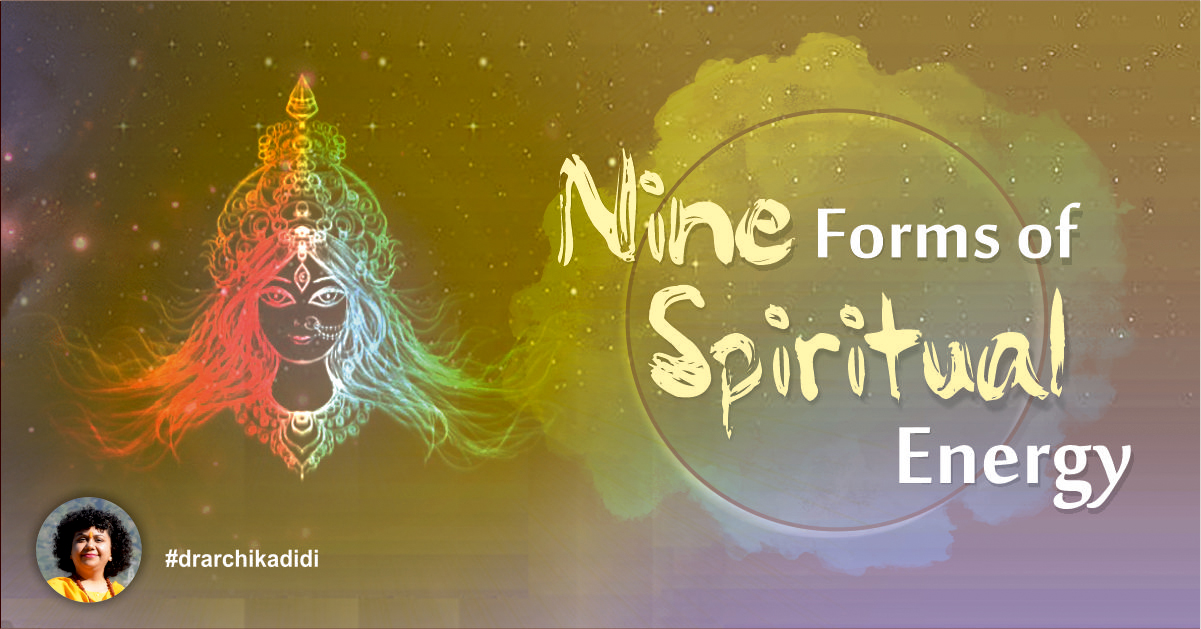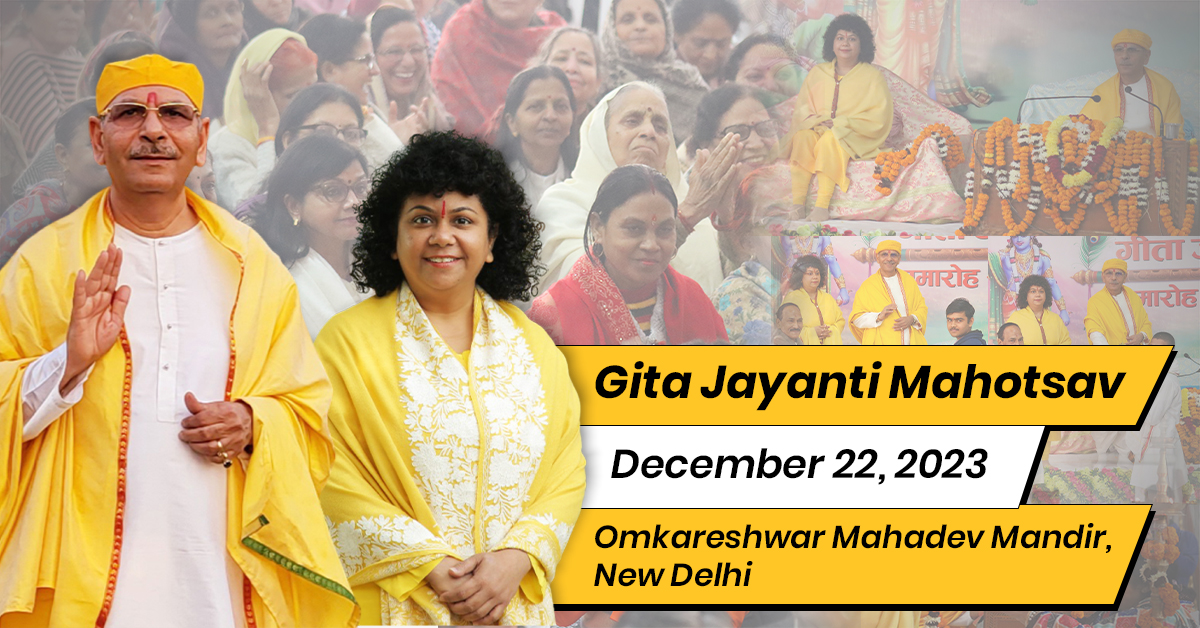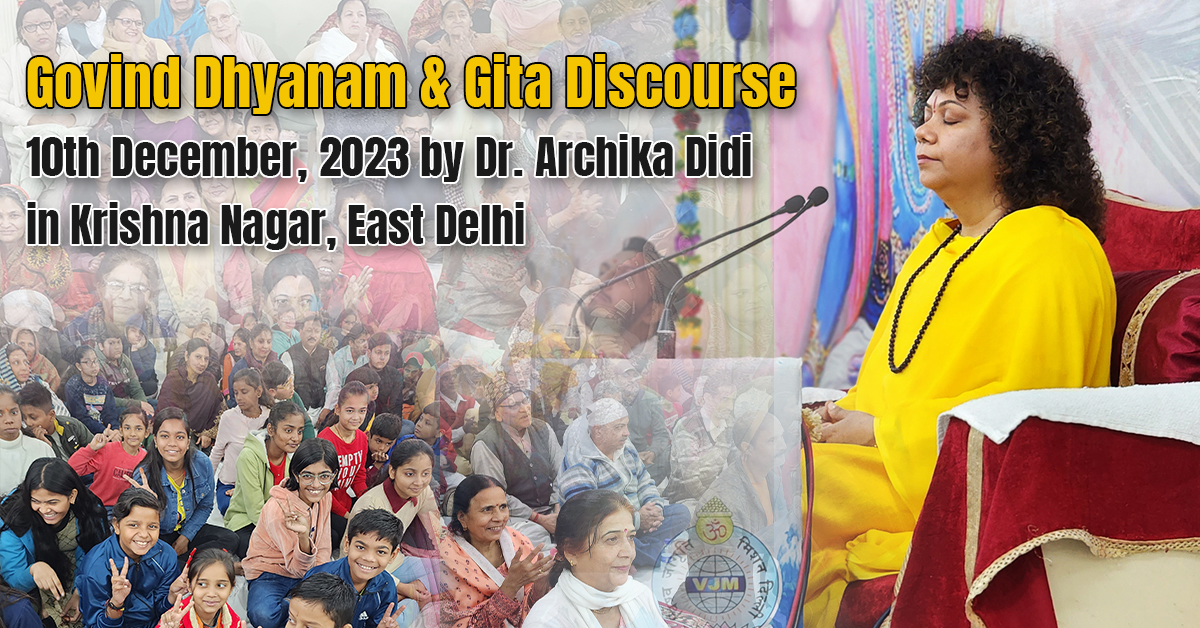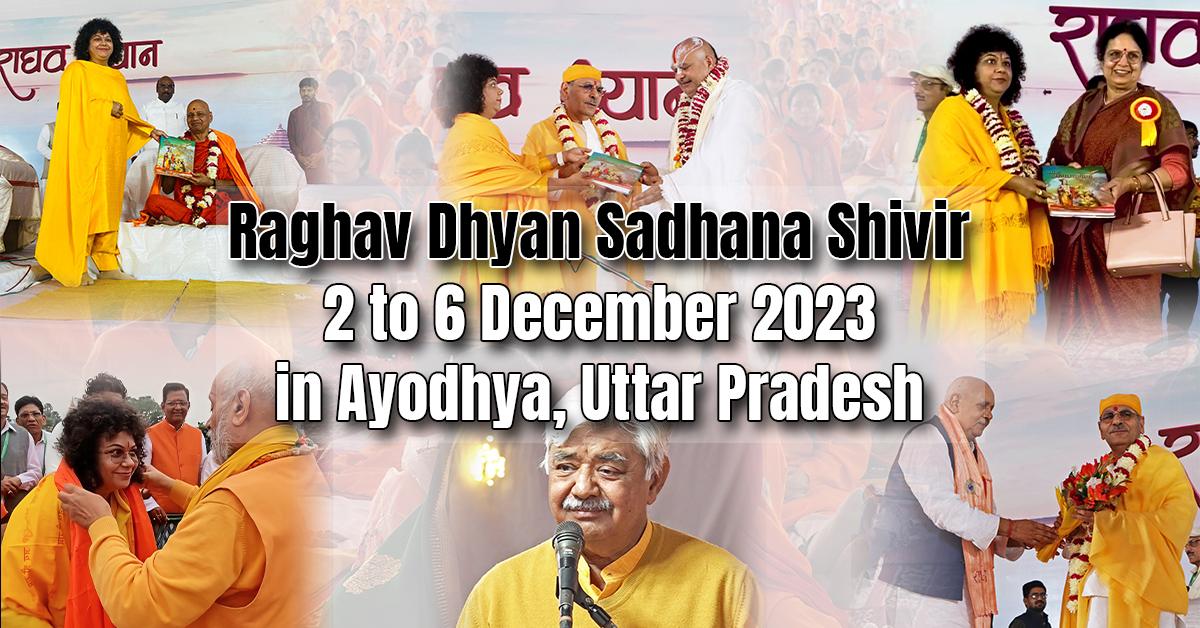Nine Forms of Spiritual Energy | Happy Navratri
Nine Forms of Spiritual Energy
During Shardiya Navratri, the nine incarnations of Goddess Durga, Navdurga, are worshipped. Each day of the pious period is dedicated to a specific form of the Goddess. Devotees worship and meditate during this period to please all the nine forms and invite Her energies to their lives.
These nine forms represent nine energies that generate, maintain, and in extreme situations, destroy this creation.
Understand that the highest form of truth situated in any being is the ‘soul’, the supreme consciousness. This absolute element is infinite, immortal, and beyond the realm of time and space.
Further, Goddess Durga, in the following nine forms, is the intrinsic energy through which the supreme consciousness of the being manifests itself.
Nine Forms of Goddess Durga
First– Shailaputri
Goddess Shailputri keeps a Trident and a lotus in her hand, sitting on a bull. Her Trident protects the devotees from all troubles of the physical world and the lotus awakens the feeling of detachment which is the beginning of the awakening of spiritual energy.
Second– Brahmacharini
Brahma means ‘absolute consciousness’ and Achar means ‘behaviour’. Goddess Brahmacharini is a divine symbol of graciousness, penance, and renunciation. Devotees utilize this day to meditate and explore the energy of their inner divinity and peace.
Third – Chandraghanta
Also, ‘Chandra’ denotes the moon while ‘Ghanta’ is a bell, producing a particular sound always. Goddess Chandraghanta, therefore, is the Goddess with ‘anger’ as Her core attribute having 10 arms. The day signifies withdrawing from the restlessness of the mind, with a single focus on the Divine Mother’s blessings.
Fourth– Kushmanda
There are three words in the name Kushmanda-‘Ku’ (tiny), ‘ushma’ (warmth) and ‘anda’ (egg). Goddess Kushmanda represents creative energy and warmth. Devotees observe a fast on this day and meditate while seeking energy and warmth that is at the core of creation & sustenance of each living being.
Fifth-Skandamata
Goddess Skandmata is a four-armed deity. So, she has a beautiful lotus in one hand and a Kamandal and a bell in another. It is the calm and serene form of Goddess Durga. Skandamata refers to the Mother of Skanda or Lord Kartikeya.
She is the embodiment of motherly affection that bestows upon devotees with wealth, wisdom, power, and progress.
Sixth – Katyayani
Goddess Katyayani represents true devotion. This form annihilates the evil forces in the universe. She represents anger that comes up in creation to restore balance. Goddess Katyayani leads devotees on the path of spiritual evolution by removing all the inner impurities.
Seventh– Kalaratri
Goddess Kaalratri is the fierce form of Goddess Durga, carrying a sword and an iron hook in her left hands. She bestows Her devotees with protection from evil powers and spirits. She represents the dark night, the night that brings comfort, respite and relaxation to the body, giving fresh energy to it.
Eighth Day – Mahagauri
The embodiment of beautiful and serene aspect of nature, Goddess Mahagauri rides on a bull or a white elephant. She is a symbol of incredible penance and perseverance Who gives momentum and freedom in life to seekers. She is magical energy which propels life itself.
Ninth Day – Siddhidatri
Goddess Siddhidatri is the epitome of perfection. This form signifies wisdom, knowledge and accomplishment. She turns impossibilities into possibility by taking seekers beyond the logical mind to explore the unimaginable yet achievable solutions.
Hence, this Navratri, be ready to utilize all your inner energies that are still untapped. By doing this you can move on the path of good Karma with the blessings of Goddess Durga. It will surely add a new dimension to your life.




